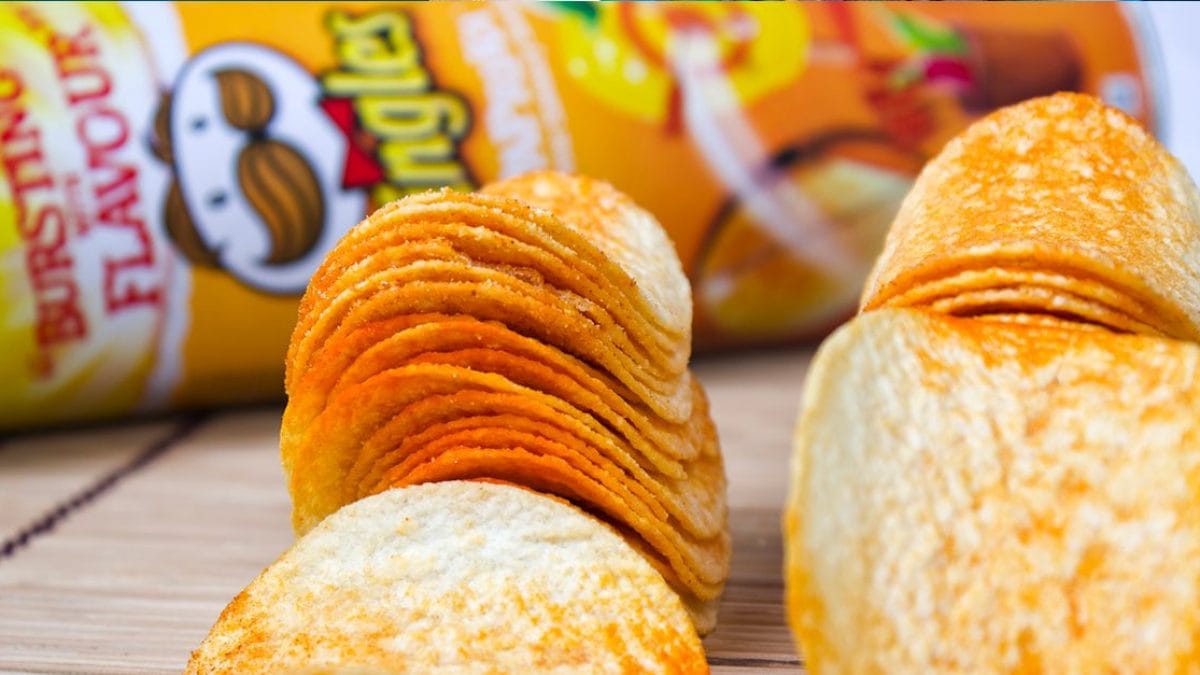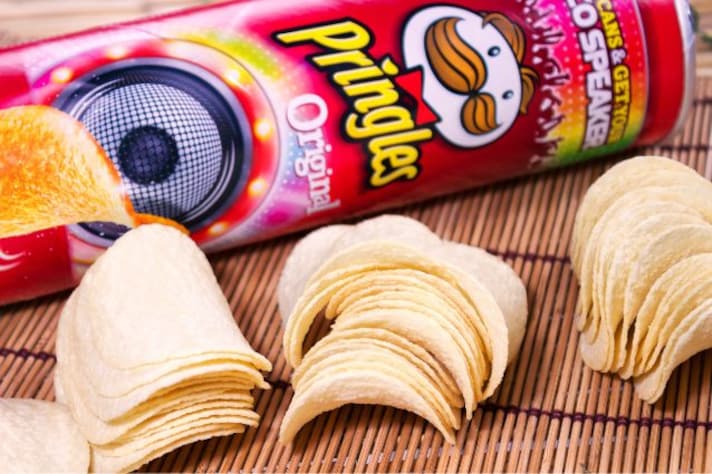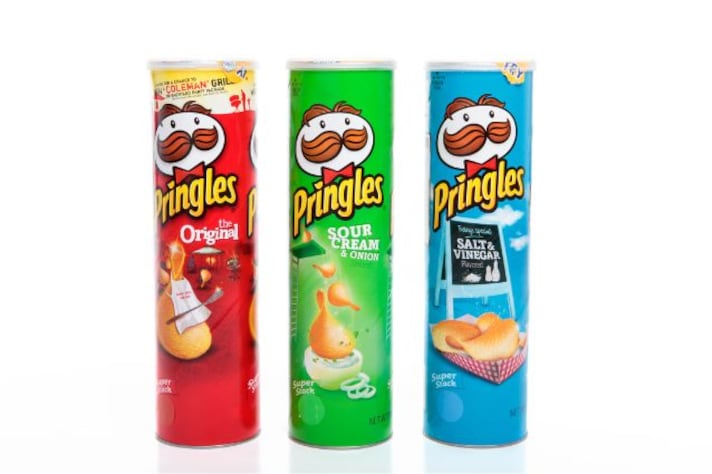
Pringles: a snack so addictive that once you pop, you truly can't stop—especially when your hand gets wedged in that narrow tube! Often grouped with potato chips, Pringles are a favorite at parties, movie nights, and anytime munchie moments. However, did you know there's an ongoing debate about whether Pringles should actually be called potato chips? Let's delve into why this seemingly innocent snack isn't what it appears to be.
Why Pringles Aren’t Allowed to Be Called Chips
The saga of Pringles' identity crisis begins in the late 1970s. Unlike traditional potato chips, which are sliced from whole potatoes, Pringles are made from a potato-based dough. This difference didn't sit well with traditional chip manufacturers who argued that Pringles should not be categorized as potato chips. The issue escalated in 1975 when the United States Food and Drug Administration (FDA) got involved. The FDA ruled that since Pringles are made from dehydrated potato flakes, rather than sliced potatoes, they cannot be labeled as "potato chips."
The plot thickened in the UK in 2008 when Procter & Gamble, Pringles' then-owner, fought a legal battle to classify Pringles as a cake or biscuit to avoid the UK's 17.5% Value Added Tax (VAT) on potato crisps and similar products. The court, however, decided that Pringles, while unique, were still a savory snack and not exempt from the tax. So, Pringles are stuck in a no man's land of snack classification—not quite chips, but definitely not biscuits either.

Are Pringles Actually Biscuits?
You might be thinking, "If Pringles aren't chips, are they biscuits?" The short answer is no, but the story is amusing. The debate peaked when Procter & Gamble contended that Pringles should be considered biscuits due to their manufacturing process and ingredients. Their argument was that Pringles’ dough-based preparation made them more akin to biscuits or cakes.
However, anyone who has ever bitten into a Pringle would agree that it doesn’t remotely resemble a biscuit. The UK court, in a rather humorous judgement, highlighted that despite Pringles' unusual ingredients, they were unmistakably crispy and savory, thus classifying them as potato snacks and subjecting them to the potato crisp tax. So, while Pringles might have flirted with the idea of being biscuits, they’ve been firmly placed back in the snack aisle.
How Are Pringles Made, Then?
So, what exactly goes into a Pringle? The process begins with dehydrated potato flakes, which are mixed with water, corn starch, and rice flour to form a dough. This dough is then rolled out, cut into thin chips, and molded into their iconic saddle shape. These shaped chips are then fried, seasoned, and stacked into their distinctive tubular packaging.
In terms of potato content, Pringles contain about 42% potato. The rest of the ingredients contribute to their unique texture and flavor, ensuring they stay crisp and uniform, unlike traditional chips that vary with each slice. The combination of ingredients and the precise engineering behind each chip is what makes Pringles stand out in the snack world.

If Pringles Aren't Potato Chips, Then What Are They?
If Pringles aren't potato chips or biscuits, what on earth are they? Technically, Pringles are classified as "potato crisps." This term, while not as catchy as "chips," reflects their processed nature. They are a reconstituted potato snack, meticulously crafted from a blend of ingredients to create a consistent and enjoyable munching experience.
So next time you're elbow-deep in a Pringles tube, you can impress your friends with the knowledge that you're not eating just any ordinary chip. You're indulging in a marvel of food engineering—a crispy, savory treat that has sparked debates, evaded tax classifications, and redefined snack time.
;Resize,width=767;)
